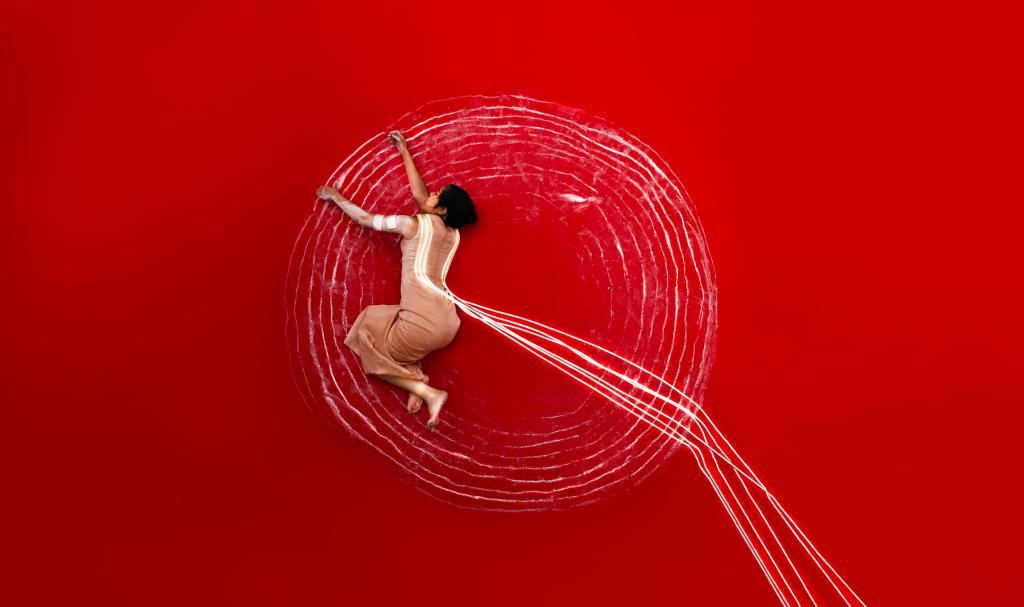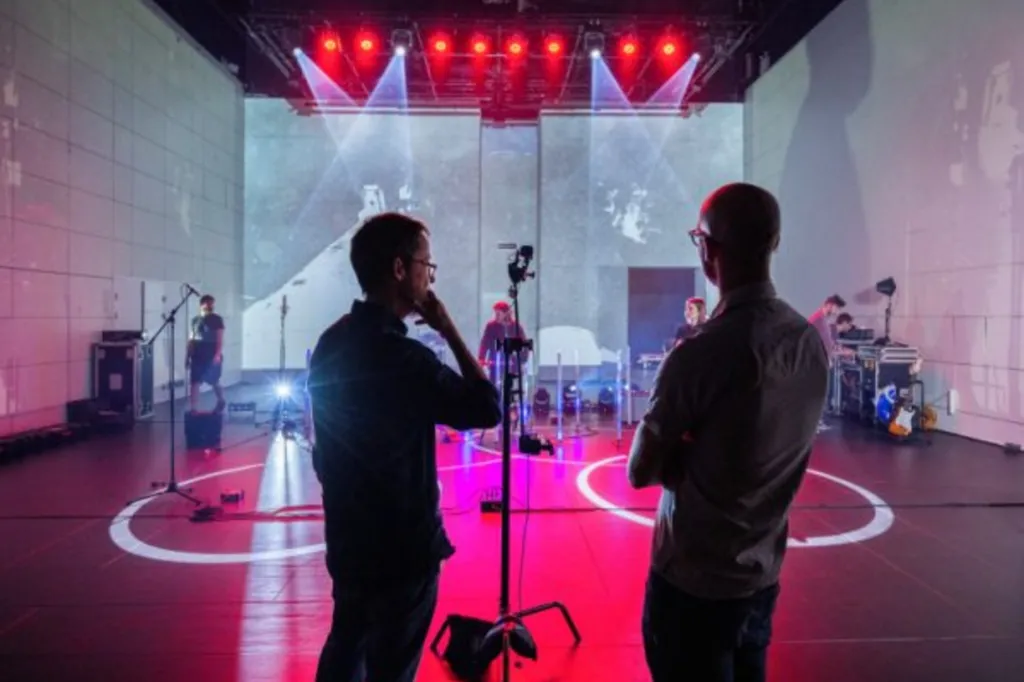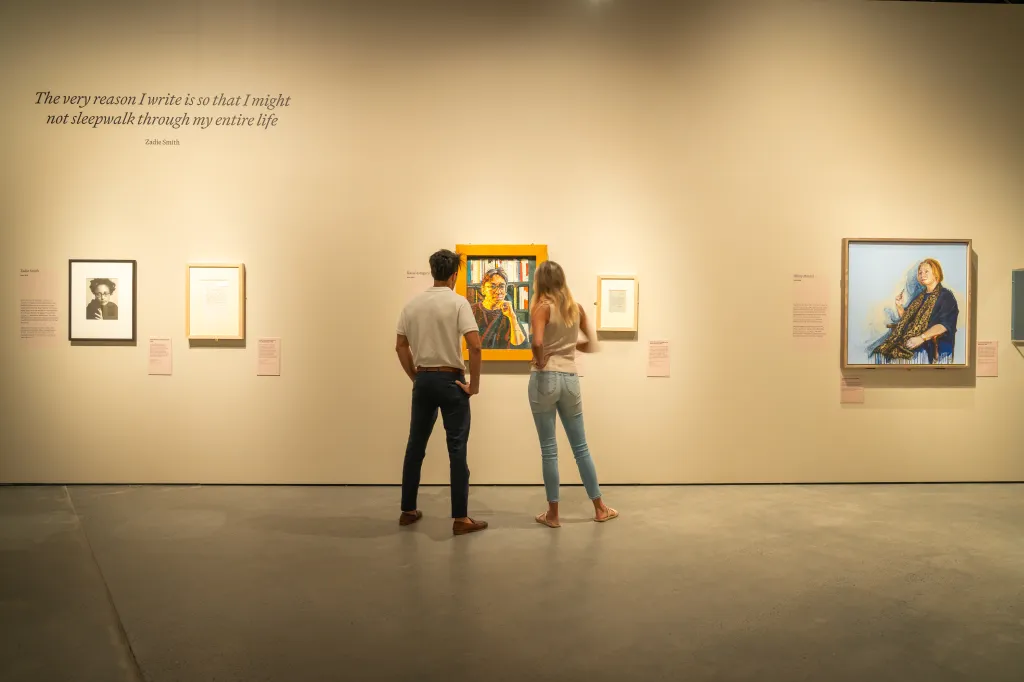Good neighbours and new friends at APT11
QAGOMA’s 11th Asia Pacific Triennial of Contemporary Art is our summer blockbuster – and it may just be the best yet.

One of the nice things about the 11th Asia Pacific Triennial of Contemporary Art is that it is revealing itself slowly as we approach the opening weekend.
Officially QAGOMA’s internationally renowned landmark exhibition (which is free) kicks off on November 30 with a huge weekend of celebratory events. But because it has to be installed well ahead of then, and because it would be impractical to shut off the Queenland Art Gallery and Gallery of Modern Art to visitors for the install, you can already see some of the works as a taste tester for the big event.
From my sneak peek I can say this APT might be the best ever. I have said that before, though, and will probably say it again. However, this one seems special – the art is accessible and intriguing and so varied. It covers a vast swathe of the planet.
On a preview tour with Tarun Nagesh, the gallery’s curatorial manager of Asian and Pacific art, I wonder aloud if there is a theme this year.
“We don’t have a singular overall theme,” Nagesh says as we wander. “One of the great privileges of seeing so much diverse art from across the regions is watching themes emerge. We see what artists are talking about and central to a lot of practices is our care and protection of environments. Some manifest this as activism and works that speak to climate change, while other work is more about local environments and taking care of them, using materials from the local environment.”
A case in point is the extraordinarily colourful work from a collective in the Papua New Guinea Highlands.
You might like
Haus Yuriyal is a vibrant multi-part project by the titular collective of 28 artists living and working in Jiwaka/Simbu Province. Queensland artist Yuriyal Eric Bridgeman honours his PNG heritage leading this collaboration, which features paintings, sculptures, embroideries and a range of innovative bilum designs showing alongside a video picture house and a lush forest garden sprouting outside in QAG’s sculpture garden.
This is a lovely celebration of the culture of our nearest neighbour and it’s the first thing you will see when you walk into the Queensland Art Gallery. The second thing that will take your attention (as it took mine) will be the Watermall works of Mit Jai Inn, an artist from Thailand who visited QAGOMA some years ago.
“He has certainly responded beautifully to this Watermall space,” Tarun Nagesh explains as we enter the work by walking through a kind of portal of painted shredded canvas. “He was familiar with the space, remembered it and this is how he has responded.”
There are several elements to the work that include his “scrolls”, which re-envision traditional forms of Asian scroll painting into rollable abstract sculptures.
In his experimental arrangements “Mit Jai Inn sustains inquiries into painterly abstraction, as he does into social place, constructing a system that is endlessly playful”.
Mit Jai Inn is an artist most of us won’t be familiar with and that’s partly the point, as Tarun Nagesh pints out. “The APT is a chance to see many artists barely seen outside their regions,” he says.
Subscribe for updates
This exhibition is QAGOMA’s flagship event and the international impact of the APT is not to be underestimated. QAGOMA director Chris Saines says the exhibition has showcased an evolving mix of the most important developments in contemporary art from across Australia, Asia and the Pacific for more than three decades.
“As we work towards presenting an exhibition of key works acquired by QAGOMA through the 30-year Asia Pacific Triennial series at the V&A Museum, London, in early 2026, we have reflected on the significant cultural impact of the triennial regionally and globally,” Saines says.
“As with previous triennials, the 11th chapter will be presented throughout both QAG and GOMA and include works produced across vast geographies and cultural contexts, offering audiences a multiplicity of experiences, perspectives and diverse approaches to both contemporary and community-based art practices.
“Over the years our specialist curatorial team, led by Tarun Nagesh, have shown an unrelenting commitment to on the ground in country research in order to select artists who reflect a diverse and authentic cross-section of the region’s artistic production.”
As well as artists from the Pacific region, for the first time the APT will include work from the Kingdom of Saudi Arabia, Timor-Leste and Uzbekistan, among others.
GOMA’s Long Gallery is always a place to showcase major work and this time around it will house an evocative installation of monumental sculptures and video work by Aotearoa New Zealand artist Brett Garaham, a work that will occupy the full length of the gallery. This piece, Tai Moana Tai Tangata, will reflect a pact of solidarity forged between Taranaki and Tainui Maori during a time of conflict after colonial settlement.
Upstairs at GOMA, a large mural by Kikik Collective from Iloilo Province in the central Philippines has been painted on the gallery wall. Tul-an sang aton kamal-aman (Bones of our elders) is an exploration of history, myth and culture.
In situ now, you will also see work by Bangkok artist Kawita Vatanajyankur, whose durational video performances explore principles of labour and social equity to reveal the exploitation underpinning our consumer economy. If that sounds like a visual lecture it’s actually a lot more entertaining than that and her performances are quite mesmerising. There are several of her videos upstairs in GOMA.
There’s a dizzying array of art on show, some visible now, some yet to be revealed. It’s a credit to QAGOMA that this exhibition remains free across the summer. That’s the democracy of art at work and it’s a kind of gift to the art world.
And, of course, there is something for everyone with cinema screenings, conversations, live music and film events and a fun interactive component for kids and families now on display. Asia Pacific Triennial Kids brings together a range of free hands-on and multimedia activities that celebrate the rich diversity of ideas and cultures from across the region. Artists from the Middle East, Asia and the Pacific have participated in this project in the Children’s Art Centre and other spaces at GOMA.
You can start your APT journey now if you like or, if you’re a stickler, wait until the full reveal on November 30. Either way, it’s going to be quite a fun summer at QAGOMA.
The 11th Asia Pacific Triennial of Contemporary Art will be on show at QAGOMA, November 30 to May 11,2025, qagoma.qld.gov.au

